Time for “Sagre”: local food festivals in Italy
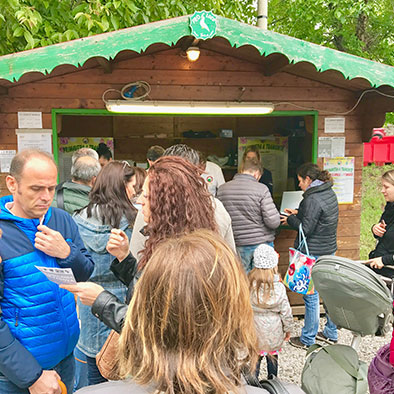 Italians are universally known for being absolutely passionate about their love and appreciation for good food and wine. Year round, rural towns and villages across Italy offer the perfect occasion to celebrate typical and regional culinary delights by throwing a sagra, a food festival specifically organized to highlight a region’s specialty or famous local product. The festival will be held during the time of year that specific ingredient is harvested or is at the peak of its season.
Italians are universally known for being absolutely passionate about their love and appreciation for good food and wine. Year round, rural towns and villages across Italy offer the perfect occasion to celebrate typical and regional culinary delights by throwing a sagra, a food festival specifically organized to highlight a region’s specialty or famous local product. The festival will be held during the time of year that specific ingredient is harvested or is at the peak of its season.
The term “sagra” derives from Latin “sacrum” meaning holy: in ancient times these events were dedicated religious pagan celebrations where sacrifices were made as an offering in honor of the successful harvest. Nowadays, these festivals have acquired a different function in the local community even though they follow traditions that have been upheld for decades, even hundreds of years in some towns. Some of the most famous sagre in Italy are no longer old- style food fairs where only the local residents contribute & attend, but have now actually become a true tourist attraction, hosting thousands of people during the course of the event, which often run for 10 days or so.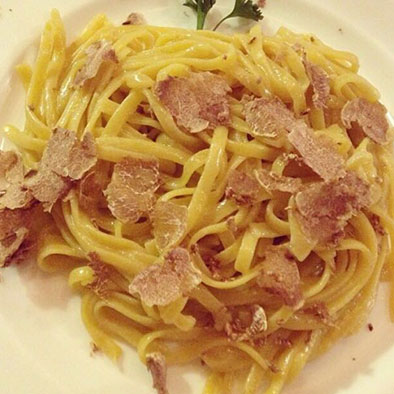
Either way, attending a small town sagra is an absolute must to experience an authentic Italian rural setting- you’ll literally be rubbing elbows with the locals at crowded picnic tables set up one after another under enormous carnival style tents. A meal at the sagra is an unpretentious food experience- paper tablecloths and plastic-ware are abound, even the local table wine is served on tap in recycled glass bottles. No fancy frills are necessary to celebrate whatever outstanding product is being honored, be it fresh homemade pasta, artisanal cheese, new “novella” wines, cured and grilled meats, seasonal vegetables or specialties including truffles even wild boar. Cafeteria-style seating is the only option so get there early. The acoustics will hinder any intimate chat, so expect a chaotic but convivial atmosphere. Weekends are the most crowded since many festivals host local bands on weekend nights. The other main appeal to the sagre is the dancing, typically ballroom. Italians of all ages get up to participate- the entertainment on the dance floor is worth it while you wait for your order number to be called out!
At the larger sagre hundreds of local volunteers run the show, from the menu ordering stations to the open air kitchens that are manned by various generations of signoras rolling out fresh pasta while the men grill up meat and polenta on the wood fire grills in the back field. Of course the festival specialty item will dominate the menu but usually standard sides from salami & cheese plates to french fries will always be offered as well. The festivals also provide entertainment for kids- various carnival type booths are set up offering prizes and street games, coupled with candy and gelato stations of course. 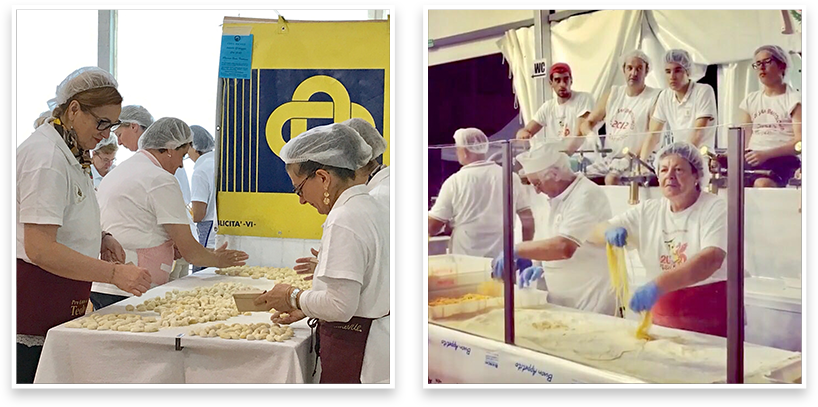
The name of a sagra will feature the name of the food product that is being celebrated- there are tens of thousands of sagras held throughout the country year- round so there seems to be a festival for every possible item and regional dish including Sagra delle Castagne (chestnuts), Sagra dell’Uva (grapes) Sagra della Mortadella, Sagra degli Gnocchi (fresh pasta festivals are always a must!), Sagra del Risotto, Sagra del Carciofo (artichoke), Sagra dell’Olio (olive oil), Sagra del Prosciutto, Sagra del Pesce (seafood).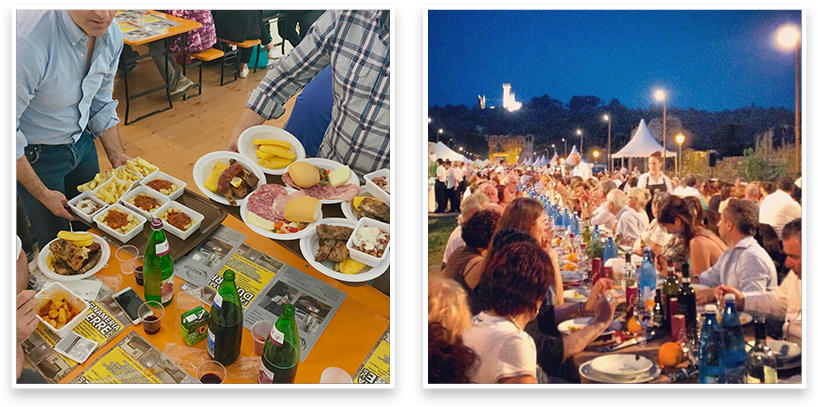

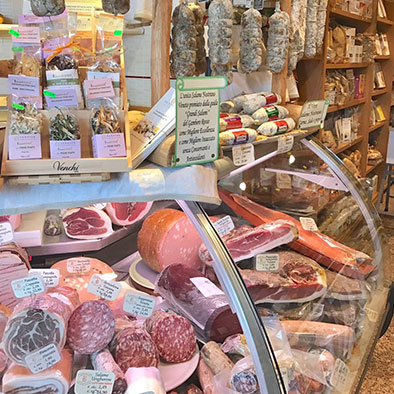 Easter celebrations throughout the Italian peninsula are many and quite diverse, as Pasqua is one of the most festive occasions of the year for Italians, second only to Christmas. Easter marks the end of a time of reflection during the period of Lent and then culminates with the joyous celebration of Christ’s resurrection. The celebrations in Italy extend over a course of several days as opposed to just Easter Sunday. From the southern tip to the north, towns and villages during the settimana santa, or Holy Week, hold traditional religious processions and rites, popular feasts and folkloristic festivities including food fairs and performances. With the sun shining bright longer into the evenings, Italians literally head to the narrow streets of centro storico into the main piazzas all week culminating on Easter Sunday to take part in parades and commemorations to honor this significant and joyous religious holiday.
Easter celebrations throughout the Italian peninsula are many and quite diverse, as Pasqua is one of the most festive occasions of the year for Italians, second only to Christmas. Easter marks the end of a time of reflection during the period of Lent and then culminates with the joyous celebration of Christ’s resurrection. The celebrations in Italy extend over a course of several days as opposed to just Easter Sunday. From the southern tip to the north, towns and villages during the settimana santa, or Holy Week, hold traditional religious processions and rites, popular feasts and folkloristic festivities including food fairs and performances. With the sun shining bright longer into the evenings, Italians literally head to the narrow streets of centro storico into the main piazzas all week culminating on Easter Sunday to take part in parades and commemorations to honor this significant and joyous religious holiday.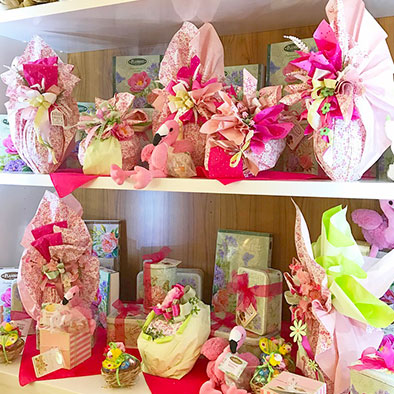 Another ancient folk ceremony not to be missed is the famous Scoppio del Carro (Explosion of the Cart) event held in Florence on Easter Sunday morning. An antique cart, packed full with fireworks, is paraded through town pulled by white oxen adorned with flowers & herbs and surrounded by townspeople dressed in period costumes. At the end of the procession it gets set up in front of the Cathedral of Santa Maria del Fiore where it is finally ignited by a fuse attached to a dove-shaped rocket holding an olive branch – a successful explosion is said to bring good harvest & luck. Of course solemn mass is held all across the Bel Paese. In Vatican City on Good Friday the Pope retraces Christ’s Via Crucis during a ceremonious candlelit procession that leads to mass in St. Peter’s Square where thousands of pilgrims gather to participate.
Another ancient folk ceremony not to be missed is the famous Scoppio del Carro (Explosion of the Cart) event held in Florence on Easter Sunday morning. An antique cart, packed full with fireworks, is paraded through town pulled by white oxen adorned with flowers & herbs and surrounded by townspeople dressed in period costumes. At the end of the procession it gets set up in front of the Cathedral of Santa Maria del Fiore where it is finally ignited by a fuse attached to a dove-shaped rocket holding an olive branch – a successful explosion is said to bring good harvest & luck. Of course solemn mass is held all across the Bel Paese. In Vatican City on Good Friday the Pope retraces Christ’s Via Crucis during a ceremonious candlelit procession that leads to mass in St. Peter’s Square where thousands of pilgrims gather to participate.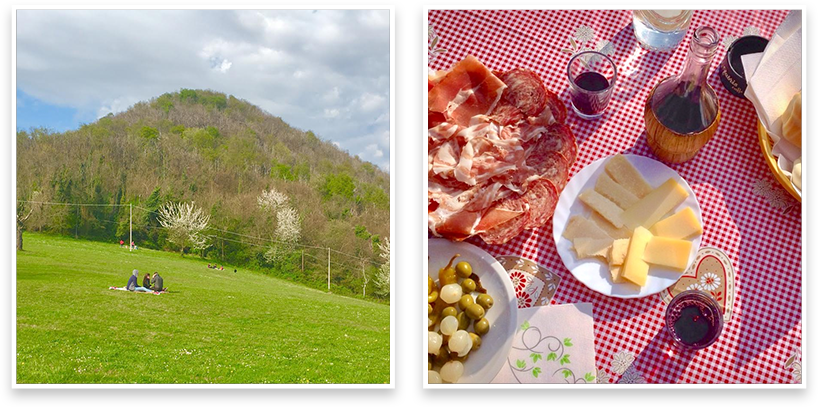 Chocolate bunnies are not the common Easter treat in Italy like in the US, but rather intricately decorated precious chocolate eggs are the traditional gift. Supermarket aisles are stacked high with industry produced eggs, mostly for young children, rigorously made with a special sorpesa (surprise) inside. Every well- respected pastry shop and bakery produces their own finely handmade chocolate eggs- you can even pre-order and have them place a special present inside for your loved ones. Romantic tradition has seen young Italian couples get engaged this way with the ring being place inside the ultra-special premium egg. The other famous Italian Easter dessert is the Colomba , a light and fragrant dove-shaped cake similar to the well-known Christmas version, the panettone. The Colomba is usually topped with almonds and sugar before being baked and is available with or without candied peel inside. Many manufacturers are also now offering unique fillings including limoncello or Nutella.
Chocolate bunnies are not the common Easter treat in Italy like in the US, but rather intricately decorated precious chocolate eggs are the traditional gift. Supermarket aisles are stacked high with industry produced eggs, mostly for young children, rigorously made with a special sorpesa (surprise) inside. Every well- respected pastry shop and bakery produces their own finely handmade chocolate eggs- you can even pre-order and have them place a special present inside for your loved ones. Romantic tradition has seen young Italian couples get engaged this way with the ring being place inside the ultra-special premium egg. The other famous Italian Easter dessert is the Colomba , a light and fragrant dove-shaped cake similar to the well-known Christmas version, the panettone. The Colomba is usually topped with almonds and sugar before being baked and is available with or without candied peel inside. Many manufacturers are also now offering unique fillings including limoncello or Nutella. A truly springtime occasion, Pasqua coincides with nature’s awakening marked by flourishing gardens and blossoming orchards, finalmente the end of winter. Easter Monday, known as Pasquetta (literally “Little Easter”) is also a national holiday in Italy. Since Easter Sunday is spent with family in church and then at home for the traditional meal, the usual custom on Pasquetta is to be with friends celebrating outdoors. The saying goes “Natale con i tuoi. Pasqua con chi vuoi.”, meaning “Christmas with family but Easter with whomever you want!”. Weather permitting, the Italians take mini road trips and head to the hills, countryside, woods and natural reserves for the famous Pasquetta picnic: some go all out & prepare a lavish barbecue style lunch while other groups keep it simple and make traditional picnic baskets filled with fresh breads, salami, cheese and of course vino. In recent years it has also become custom to take short trips to other European cities with a group of friends to celebrate the promise of new beginnings.
A truly springtime occasion, Pasqua coincides with nature’s awakening marked by flourishing gardens and blossoming orchards, finalmente the end of winter. Easter Monday, known as Pasquetta (literally “Little Easter”) is also a national holiday in Italy. Since Easter Sunday is spent with family in church and then at home for the traditional meal, the usual custom on Pasquetta is to be with friends celebrating outdoors. The saying goes “Natale con i tuoi. Pasqua con chi vuoi.”, meaning “Christmas with family but Easter with whomever you want!”. Weather permitting, the Italians take mini road trips and head to the hills, countryside, woods and natural reserves for the famous Pasquetta picnic: some go all out & prepare a lavish barbecue style lunch while other groups keep it simple and make traditional picnic baskets filled with fresh breads, salami, cheese and of course vino. In recent years it has also become custom to take short trips to other European cities with a group of friends to celebrate the promise of new beginnings.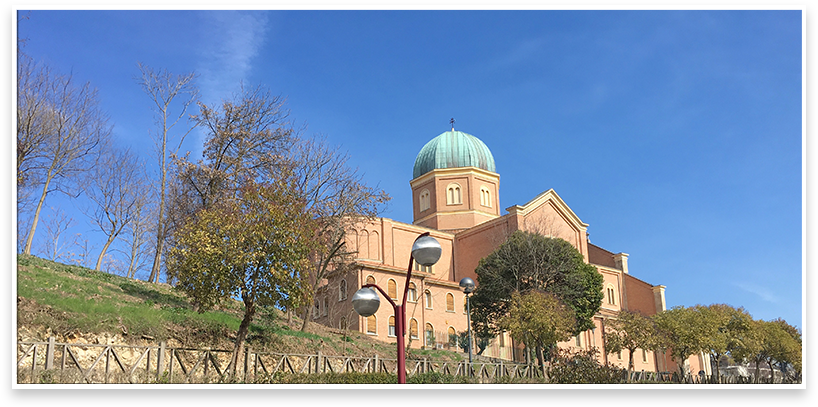
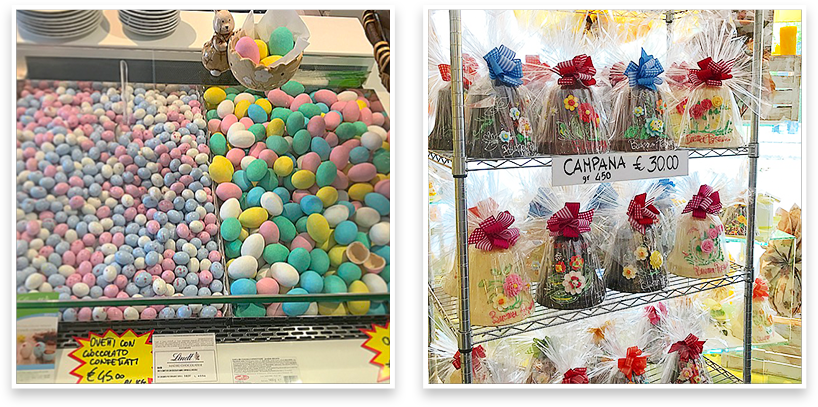
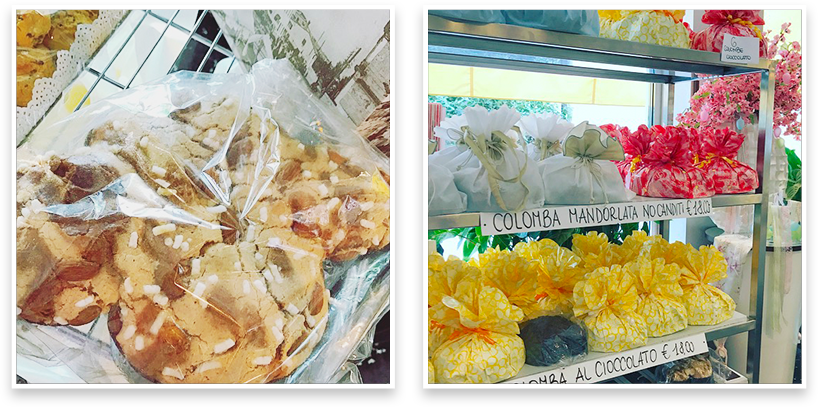
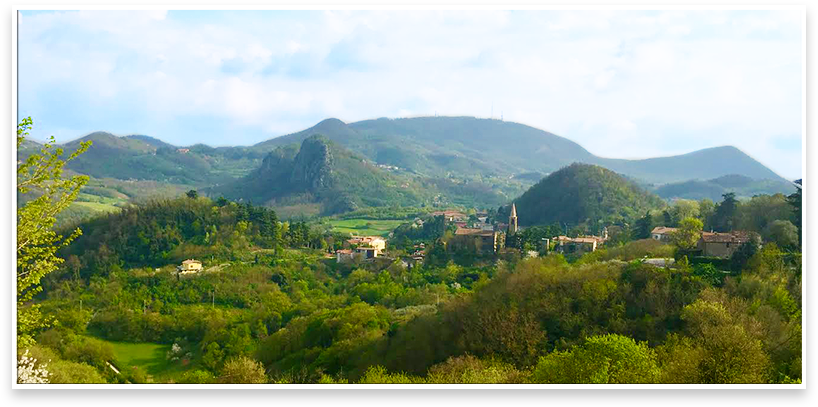
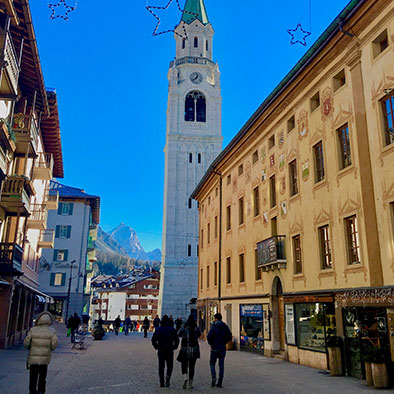 Typically, Italians plan for this weeklong holiday vacation just after they’ve settled back home following their famous Ferragosto summer holiday break which is normally 3 weeks off in a row mid-August….ohhh how sweet la dolce vita really is!
Typically, Italians plan for this weeklong holiday vacation just after they’ve settled back home following their famous Ferragosto summer holiday break which is normally 3 weeks off in a row mid-August….ohhh how sweet la dolce vita really is! 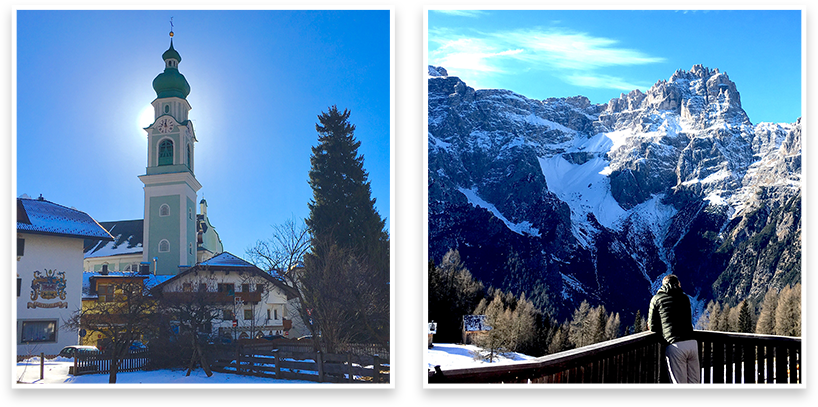
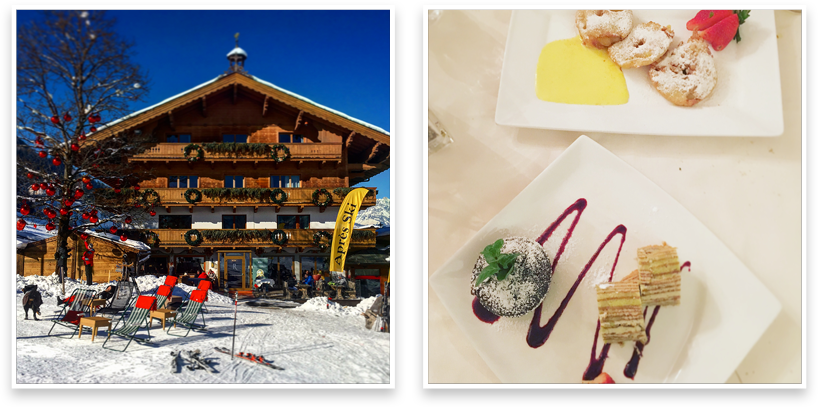
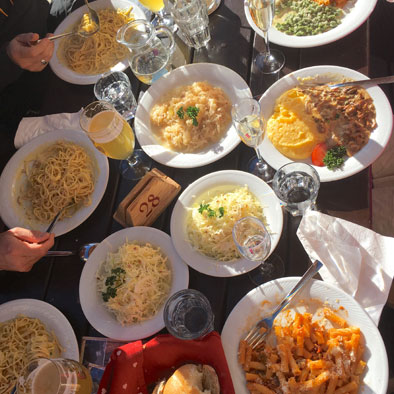 Antipasti: polenta ai funghi topped with grated parmiggiano, zuppa d’orzo (vegetable barley soup),
Antipasti: polenta ai funghi topped with grated parmiggiano, zuppa d’orzo (vegetable barley soup),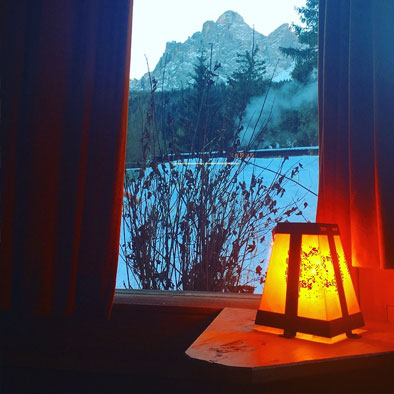 A full day under the Alpine sun on the slopes merits a relaxing couple of hours at a benessere spa- another treasured wellness activity during la settimana bianca. Most hotels offer individual daily access to their spas & pools for outside guests if the local town spa is not your first choice. The ultimate spa ritual according to local South Tyrolean customs includes outdoor whirlpools of varying temperatures, panoramic glass enclosed Finnish saunas with sensational views into the surrounding woods, Turkish style steam rooms with high humidity enhanced by herbal essences, salt grottos, hot hay baths in herb-enriched grass, relaxing oasis rooms with waterbeds as well as numerous body treatment services including therapeutic massages. Most of these are adult only areas as tradition & current regulations call for sans bathing suits in these dedicated wellness spas. There will always be a family friendly indoor/outdoor pool option as well with lots of lounge chairs for end of day snuggles.
A full day under the Alpine sun on the slopes merits a relaxing couple of hours at a benessere spa- another treasured wellness activity during la settimana bianca. Most hotels offer individual daily access to their spas & pools for outside guests if the local town spa is not your first choice. The ultimate spa ritual according to local South Tyrolean customs includes outdoor whirlpools of varying temperatures, panoramic glass enclosed Finnish saunas with sensational views into the surrounding woods, Turkish style steam rooms with high humidity enhanced by herbal essences, salt grottos, hot hay baths in herb-enriched grass, relaxing oasis rooms with waterbeds as well as numerous body treatment services including therapeutic massages. Most of these are adult only areas as tradition & current regulations call for sans bathing suits in these dedicated wellness spas. There will always be a family friendly indoor/outdoor pool option as well with lots of lounge chairs for end of day snuggles.